Analyzing Disability's Impact on Reproductive and Social Well-being
VerifiedAdded on 2022/09/16
|5
|692
|23
Essay
AI Summary
This essay provides an overview of how disability impacts reproductive and social health, discussing both the medical and social models of disability. It highlights the attitudinal and environmental barriers faced by individuals with disabilities and their families, leading to discrimination in housing, healthcare, education, and employment. The essay emphasizes the importance of addressing misconceptions and ensuring equal access to sexual and reproductive health services, as well as the need for policy changes to protect the rights and well-being of disabled individuals. It also touches on the social isolation, risk of sexual abuse, and poorer health outcomes experienced by this population compared to the general population. Desklib provides a platform for students to access this essay and many other solved assignments for their academic needs.
1 out of 5
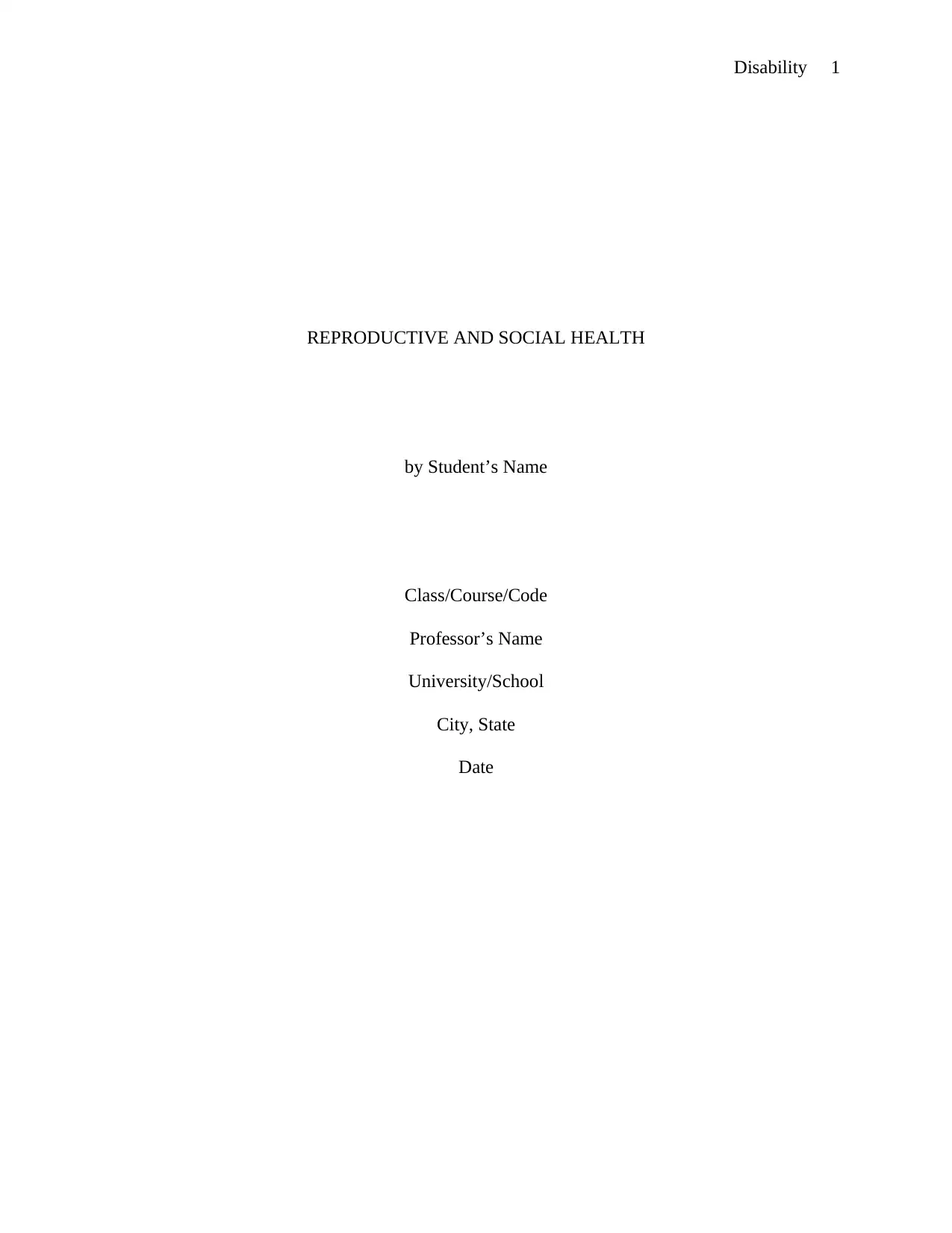
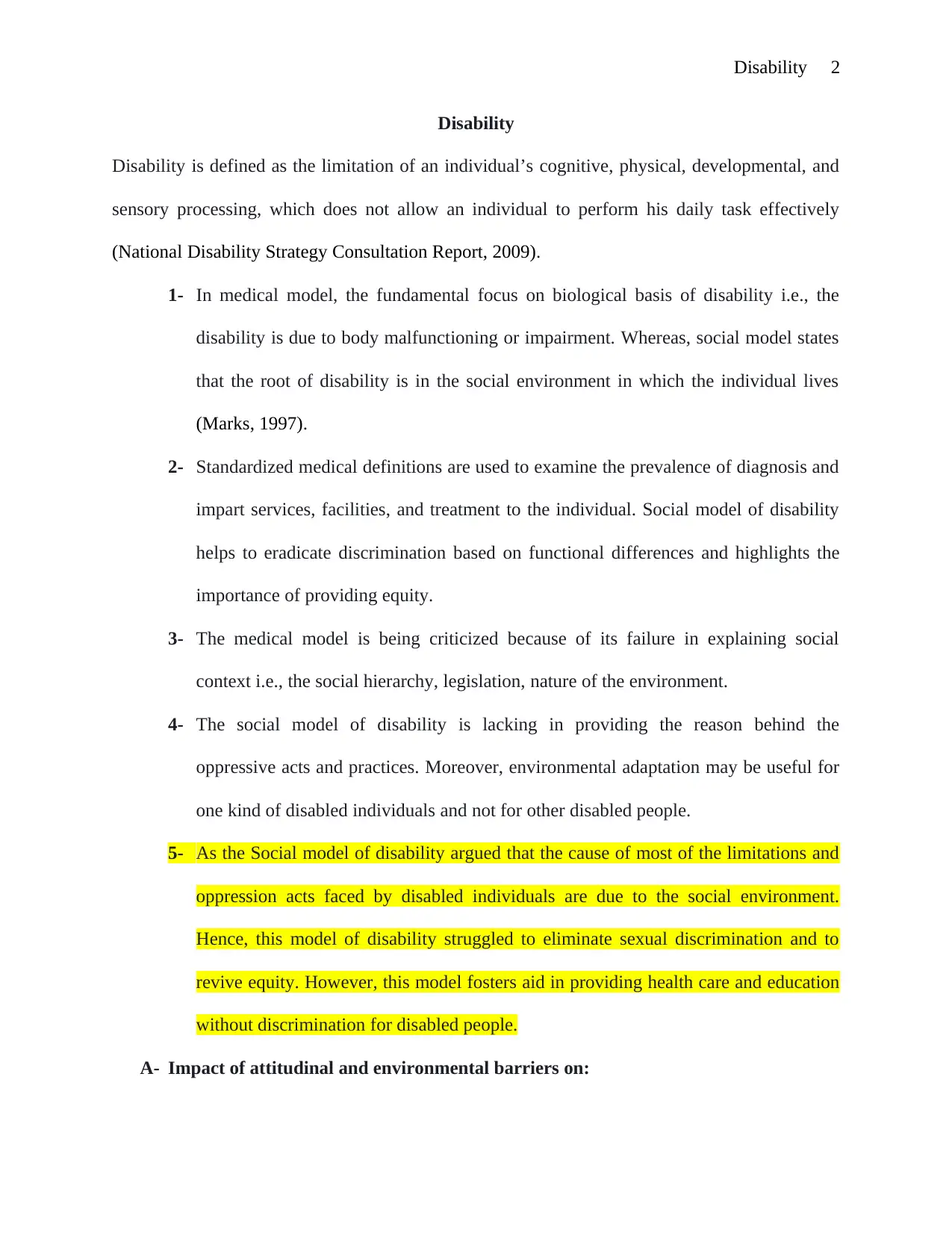
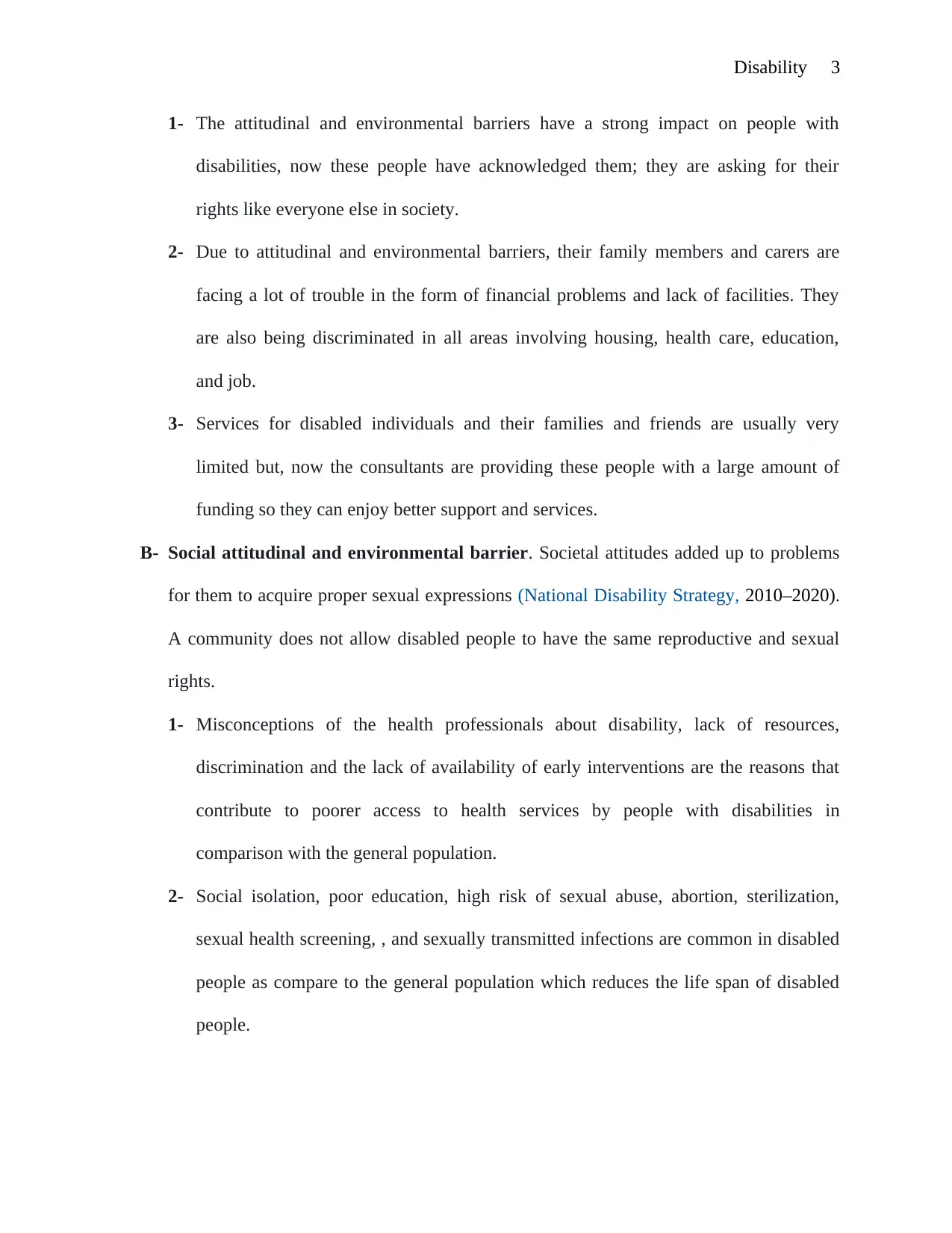

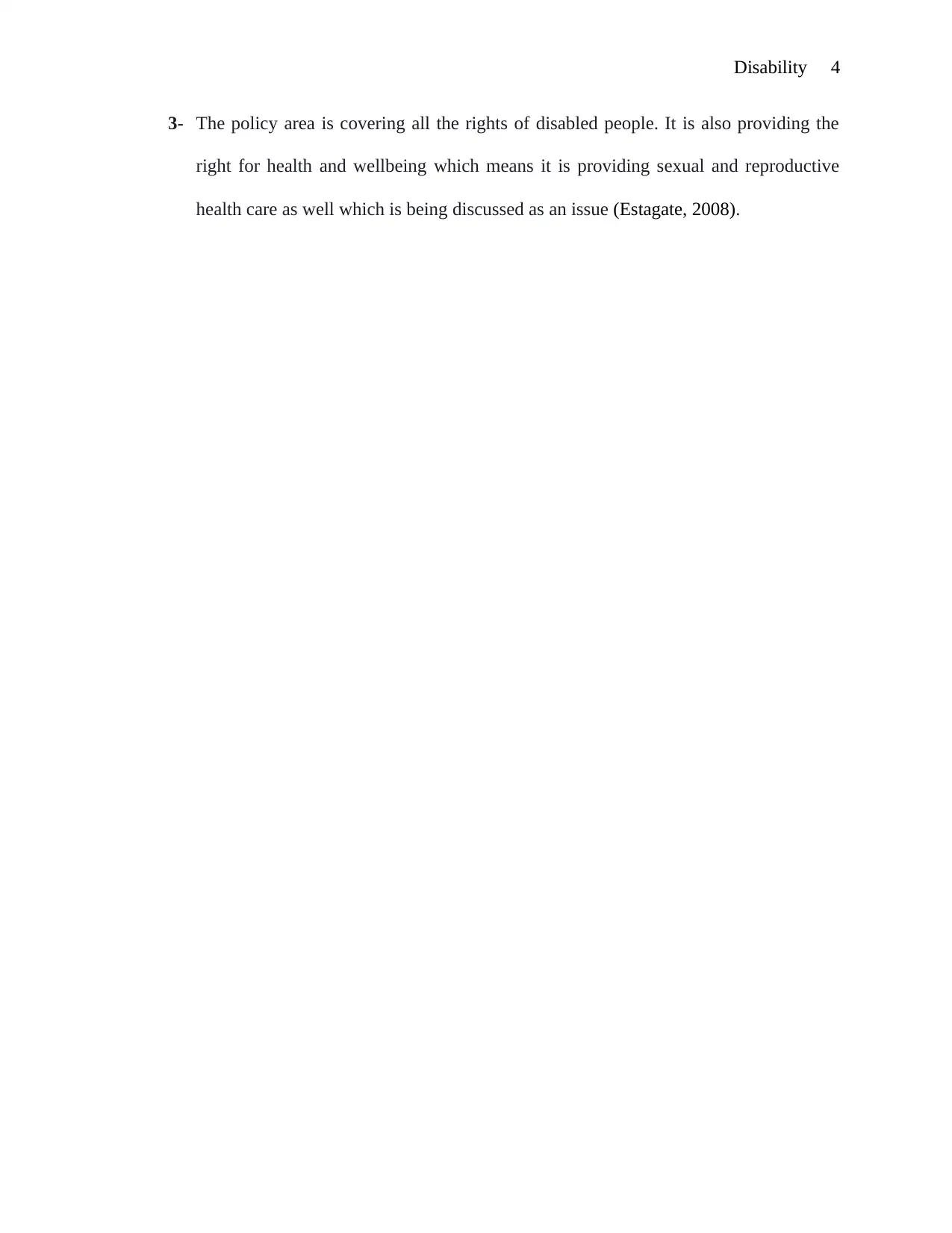
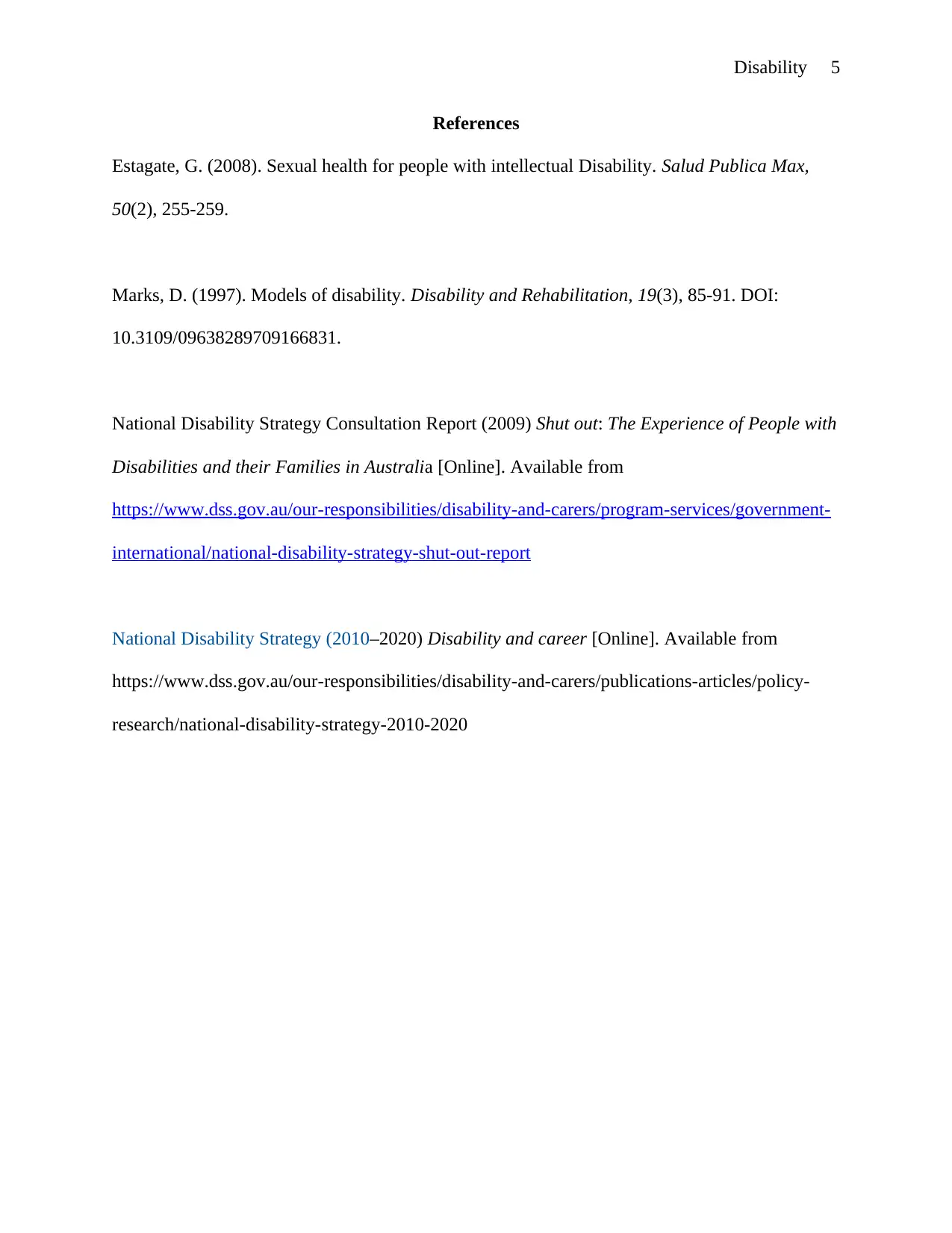






![[object Object]](/_next/static/media/star-bottom.7253800d.svg)